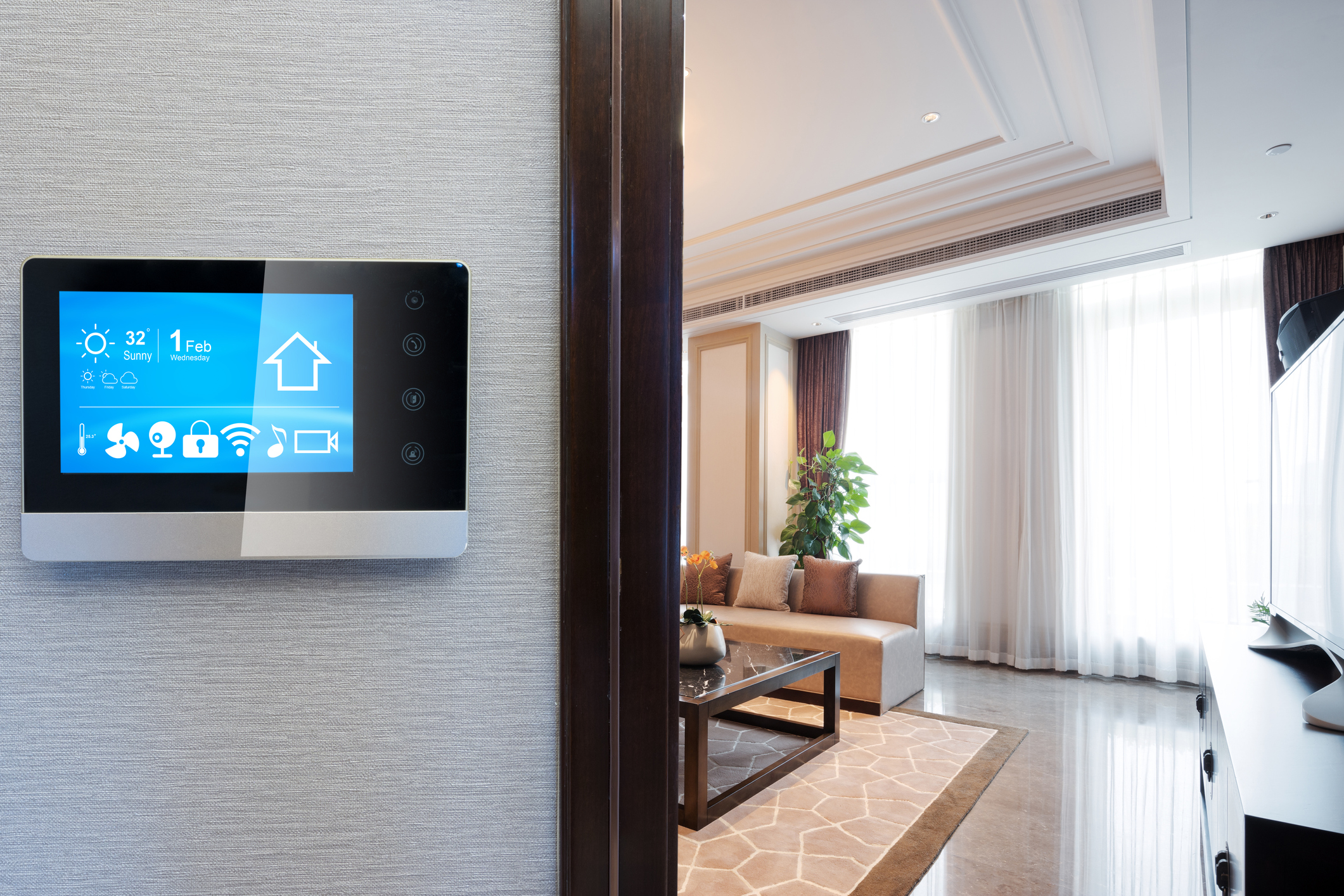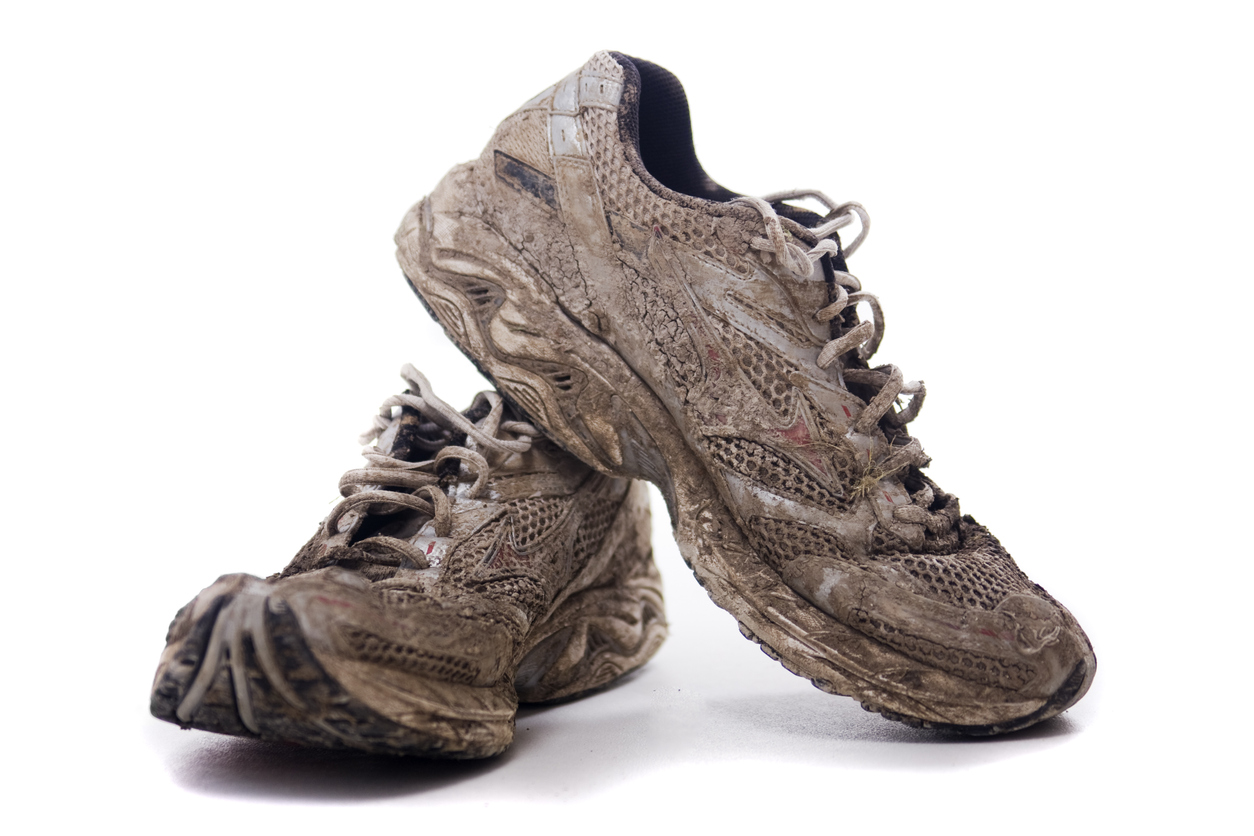Declutter Your Vacation Home
Effective Strategies for Decluttering Your Vacation Home

Decluttering methods like those taught by Marie Kondo have become popular in recent years. It’s no wonder, as clutter in the home can build up quickly, and before you know it, your home has been overrun by things you might find useful that elusive “someday.” To regain control over the things you own could seem like an overwhelming process if your home has a lot of clutter. However, it’s well worth the effort. A tidy home could support improved ambiance and mood. At a practical level, you can find the things you need more easily and have plenty of space for the things you really love and need to have. The secret to an efficient decluttering process might lie in working out how to let go of what you don’t need and making time to farewell these items. The following strategies are some practical methods to help you do that.
Swedish death cleaning
Swedish death cleaning, or dostadning in Swedish, isn’t as morbid as it sounds. According to Artist Margareta Magnusson, the author of The Gentle Art of Swedish Death Cleaning, it’s a positive opportunity for people to reminisce and say goodbye to their precious memories. The idea is you won’t be leaving it to your family to sort through your stuff and you can decide well in advance who inherits your items.
With dostadning, you start at any life stage and well before someone else has to do it for you. Rather than spanning just a few days or weeks, the process takes as long as it needs to take and can be a continuous process over years or even decades. You spend time with and say goodbye to individual items before disposal, and you should recall what each item means to you. You should also involve family members in the process, and this is recognized as a useful and practical approach, making sensitive conversations easier.
The four-box method
Another decluttering approach is the four-box method. Assign the categories trash, donate/give/sell, keep, and relocate/storage to the boxes; and sort through your items accordingly.
● Trash - Consider whether something might be of value to someone else before tossing it into this box.
● Donate/give/sell - Anything of value but no longer in use can go into this box.
● Keep - Items in this box don’t really need to be put into the box but can go immediately to where they belong in the house.
● Relocate/storage - The relocate category is an item you might want to place somewhere else in the house or put into storage somewhere.
The positive thing about the four-box method is you have extra flexibility when sorting. You’ll also have time to review items you’re somewhat undecided about and move them into different boxes.
Quarantine box
You could add a fifth box, the quarantine box, to the process. This box takes care of the difficult items, which you can revisit later to decide whether they’re adding value to your life and what you want to do with them. You could leave it a week, a month, or even longer to reconsider.
Declutter one room at a time
If your spaces are the very opposite of serene, minimalist Japanese interiors, your clutter might be at a level that’s overwhelming. As such, you might want to break it down by focusing on one space or room at a time. Avoid trying to finish the decluttering in just a few days. Remember, you’ll be assessing individual items. Sometimes you need more time to decide whether items are of value to you, and it’s not always easy to let something with some sentimental value go right away. Stay rational and consider utility as well as nostalgic importance. Keeping items in the quarantine/undecided box for as much time as you need to decide can help the process.
The 90/90 and 20/20 rules
The 90/90 Rule turns decluttering into a two-question process. First, have you used the item in the past 90 days? If not, will you be using it in the coming 90 days? The answers to these questions will shed light on whether you really need the item and whether its emotional meaning alone is enough to warrant keeping it.
The 20/20 Rule suggests if you can replace an item for less than $20 and in under 20 minutes, you can probably let it go. This quick rule can be helpful in situations where you’re hanging on to an item because of financial guilt and just in case the item becomes useful in the future.
The backward-hanger method
The backward-hanger method helps you sort through your clothing. Start by turning all of the hangers backward. After you wear or use an item, put it back with the hanger turned the right way. At the end of three months or a season, you can easily see what you’ve worn and what you haven’t. This can help you make smarter decluttering decisions about the clothing and accessories you can probably let go of. For items in drawers, you can tie a ribbon to the label once you’ve worn it.
One-in-one-out method
The one-in-one-out method says you should let go of one thing you own for every new item you buy. This method is probably best used as a general guide rather than an absolute rule. However, it can be useful to keep in mind whenever you’re buying something, as it can discourage you from buying things you don’t really need and cluttering up the house again.
Three-item rule
The three-item rule suggests you need to let go of three items you haven’t touched in each of your rooms. You can change it to two, four, or five items depending on the level of clutter you have in the home. For many people, it’s probably easy to find at least three items in each space they haven’t used for a long time. The idea behind this method is by getting rid of items quickly like this, you can quickly identify the items that are useful or valuable to you.
Conclusion
Our possessions provide practical value. A lot of them, like photos and heirlooms, can bring meaning to our lives. As such, decluttering isn’t a uniform process; it’s a deeply personal one. Most people will probably use a combination of methods to work out the key question: what should they let go of? Some decisions might be easy whilst others take more time. What’s clear is you’ll likely be feeling much lighter once you’ve cleared up some space and your home has been completely decluttered. At the same time, consider what you’re bringing into the home. Take time to review your purchase decisions so you’re not tempted to accumulate clutter again
Additional Find Rentals Articles
Truckee Historic Haunted Tour
October -
Truckee California
Sandestin Wine Festival at the Baytowne Wharf
April -
Miramar Beach Florida
Mudslide - Holiday Valley Mud Run Ellicottville
June -
Ellicottville New York










